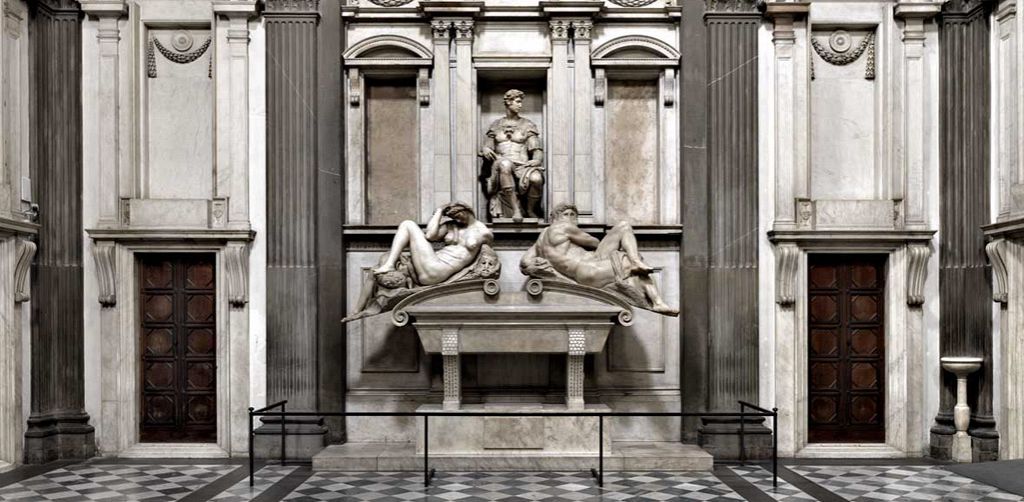Michelangelo is one of the most famous artist of the Renaissance, and has produced some truly iconic pieces. But there something about a secret hideout that maybe you don’t know…
Michelangelo is one of, if not the most famous artist of the Renaissance, and has produced some truly iconic pieces (a little known statue named ‘David’, anyone?). On one of our private tours of Florence, you will see many examples of Michelangelo’s work around this beautiful city, and even more if you take an Uffizi tour. This man had an immense influence on the development of Western art, and surpassed a great many of his contemporaries, not only in ability but also creativity.
Even when he was an apprentice to the artist Ghirlando in the late 15th century, he made a great impression on the people of Florence; most notably the powerful and influential Medici family. He was in fact so skilled, that he was sent to Lorenzo de’Medici, under whom his creativity really flourished, not only through the medium of art, but also through poetry. Lorenzo de’Medici commissioned many of Michelangelo’s works, and the artist put in regular appearances at the Medici court. He played a major part in designing and constructing the façade of the Basilica of San Lorenzo, but was somewhat miffed (and understandably so) when the project had to be cancelled. His subsequent project was much more successful, as he worked on creating the Medici Chapel. He may not have put in the final details himself, but he definitely left his mark on this particular building. He was well aware of the fact that his design work on this chapel would secure him a place in history as a great artist and architect. It would also later serve to be a safe hideout for him, as his relationship with the Medici became somewhat strained…
During the 1520s, there was a revolt against the Medici, and as Michelangelo actively supported the idea of a new republic in Florence, it occurred to him that he could find himself in danger. Thanks to the prior of San Lorenzo, Michelangelo was led to a safe place where he could hide; in the chapel itself. It was in a ten metre long by three metre wide room that Michelangelo took refuge and, luckily for us, his creativity wasn’t stunted by his dark hiding place. During his time in hiding, he did drawings and sketches all over the walls, and even included preliminary ideas for the Sistine Chapel! Some say that this little hideout provides a true insight into Michelangelo’s mind.
So why not take one of our Uffizi and Accademia tour, and bear witness to some of Michelangelo’s art and sculpture, before heading to his secret hideout and seeing some less famous, but still equally as fascinating work?

